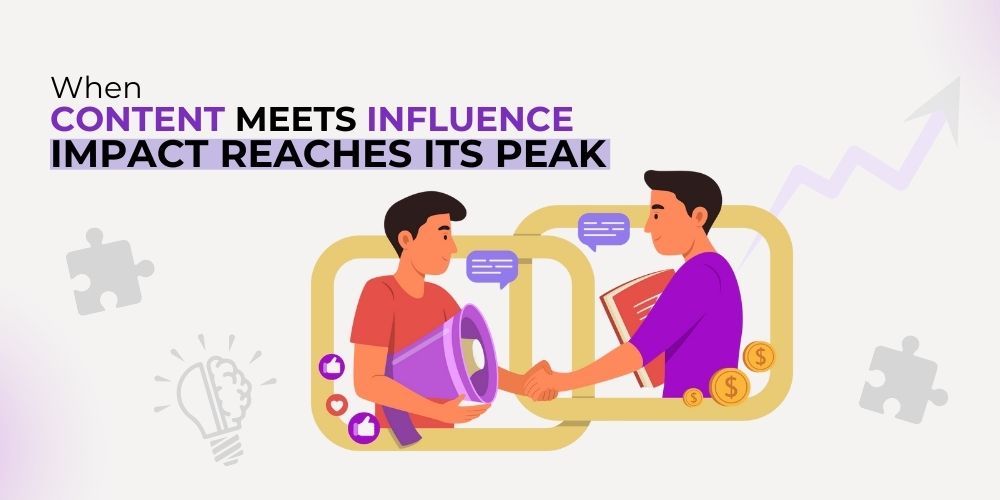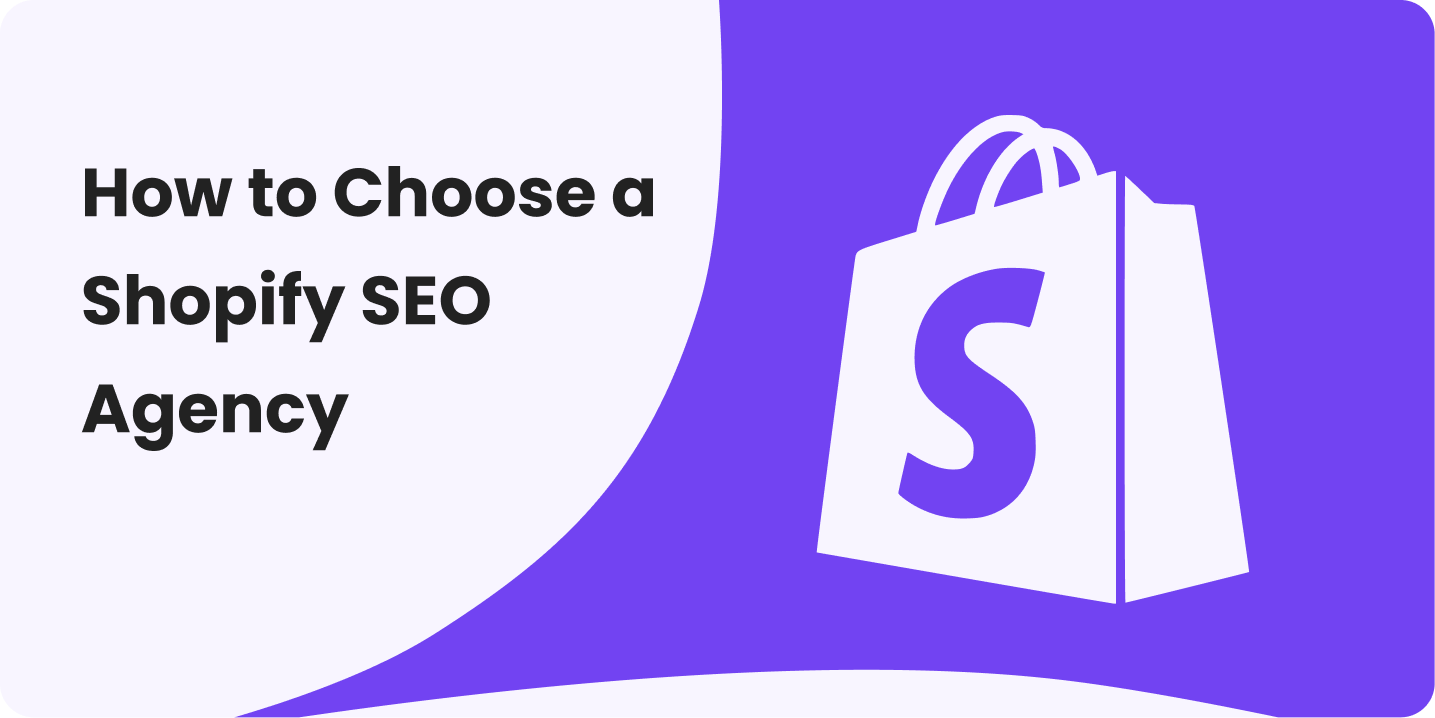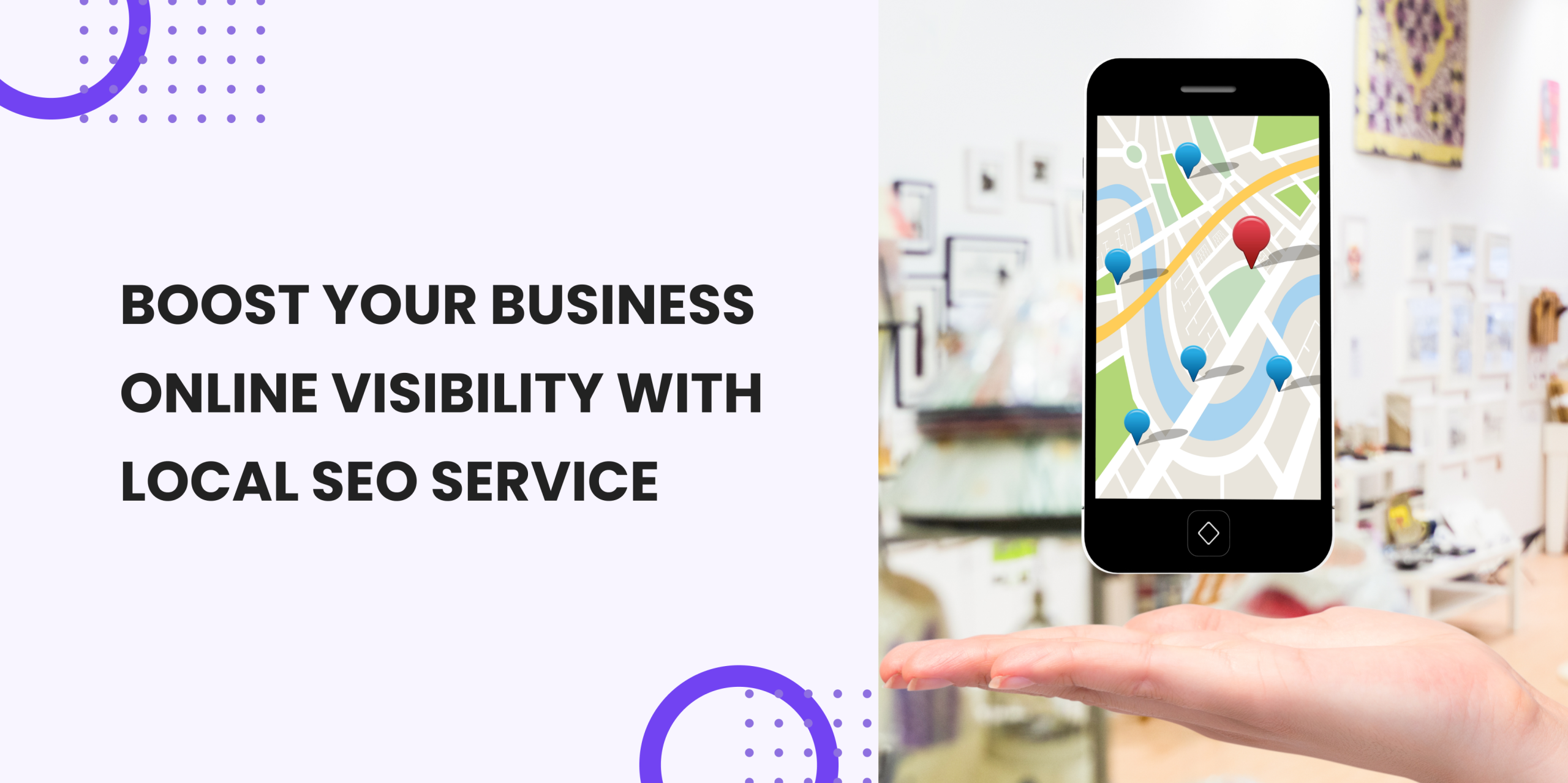In a world where consumers are bombarded with ads, trust is the new currency, and traditional advertising alone just doesn’t cut it anymore. Audiences are looking for authenticity, human connection, and stories that mirror their lives.
This evolving expectation has fueled the rise of influencer marketing, where real people with real audiences collaborate with brands to create content that feels less like a sales pitch and more like a conversation. But successful influencer partnerships go far beyond a hashtag or a sponsored selfie.
When paired with a strong content marketing strategy, they become powerful storytelling tools, embedding your brand message into the daily narratives your audience already follows and trusts. So, how exactly do content marketing and influencer collaborations work together?
Let’s explore seven impactful ways these two strategies can align to build credibility, deepen engagement, and expand your brand’s reach like never before.
How Content Marketing Works with Influencer Partnerships
We’ve all got that one friend, the one whose restaurant picks never disappoint, whose skincare routine gets results, and whose taste in tech is weirdly spot-on. You don’t second-guess their recommendations you trust them. Now imagine that same dynamic playing out on a much bigger scale. That’s the world of influencer partnerships.
We’ve seen how the right influencer can become the bridge between a brand and its ideal audience. If you think these are individuals with just a huge number of followers, you are wrong. They, in reality, are trusted voices in their niches.
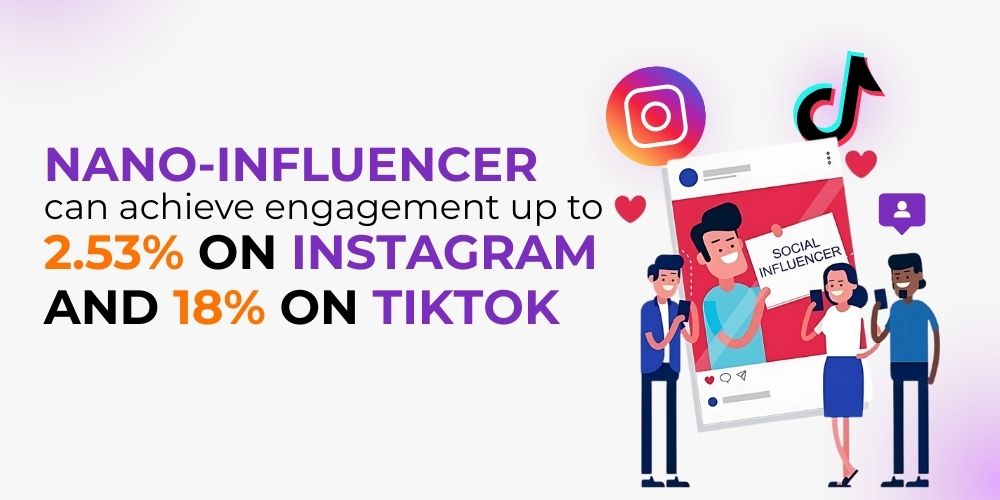
They’ve built communities, earned credibility, and know how to tell a story that sticks. So, where does content marketing fit in? Influencers aren’t just megaphones; they’re co-creators. When content marketing and influencer strategy align, magic happens, content feels personal, reach multiplies, and engagement becomes more meaningful.
We believe content doesn’t just need to be seen, it needs to be believed. That’s where influencers come in. The following are the ways brands, big and small, can integrate influencer partnerships into their content marketing efforts to build trust, spark conversations, and drive real results.
1. Co-Creating Authentic Stories
You know what people crave online? Realness. Not just sleek photos or punchy captions, but content that feels like it was made for them, not at them. That’s where co-creating with influencers becomes more than just a smart move, it becomes a strategy rooted in trust.
When we collaborate with an influencer, we’re not handing them a script and calling it a day. We’re inviting them into the story-building process. That means aligning on values, tone, and goals, and then letting them bring their own voice to the table. Take this example: a fitness brand didn’t just ask a wellness influencer to promote their protein powder. Instead, they co-developed a mini YouTube series around daily routines, wellness tips, and feel-good workouts.
The influencer brought the realness, behind-the-scenes struggles, relatable humor, and actual sweaty moments, while the brand ensured the information was credible and visually strong. What came out of it wasn’t an ad. It was a movement. People followed. People engaged. People believed it.
This kind of collaboration isn’t a one-time campaign. It’s a story that builds over time, with real impact. And the bonus? It becomes content that doesn’t just sell, it connects.
2. Leveraging Influencer Insights for Content Strategy
Influencers don’t just post, they listen. Every comment, every DM, every poll response gives them a sharper understanding of what their audience wants. And that’s the gold a lot of brands overlook. We like to think of influencers as audience whisperers. They know the reason behind the likes. And when we work closely with them, we get access to that treasure trove of insight.
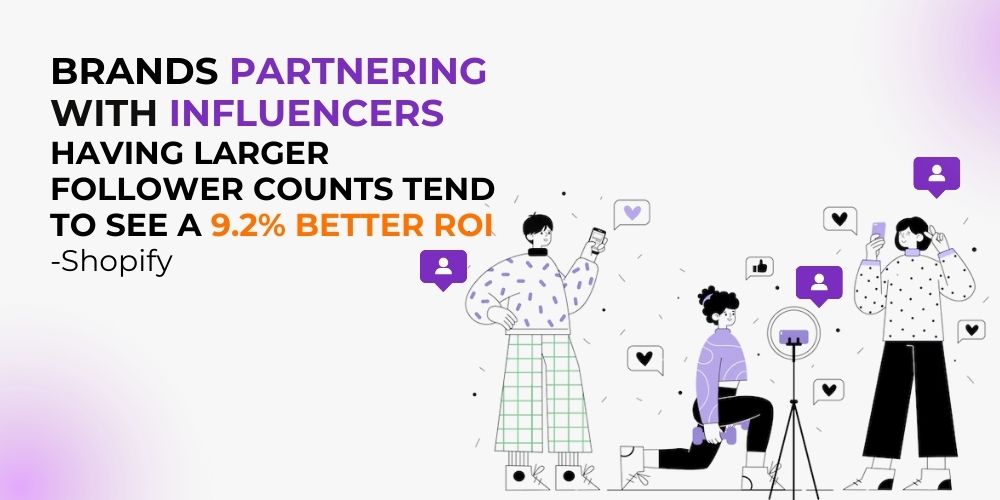
Let’s say a skincare brand wants to launch a new range for sensitive skin. Instead of starting with internal assumptions, they tap a few trusted beauty influencers for insights. What they find is surprising: their audience isn’t just looking for “gentle products”, they want formulas that work under makeup, don’t sting post-workout, and are eco-friendly.
Suddenly, the brand’s content strategy shifts. Now they’re creating blogs like “How to Layer Skincare for Active Days” and “Sensitive Skin-Friendly Routines that Actually Work.” These are real concerns, real questions. And now, their content answers them directly. Working with influencers isn’t just about reach. It’s about relevance. And relevance always wins.
3. Expanding Reach Through Influencer Networks
We’ve all heard the phrase “go where your audience is.” But what if your audience is already gathered, listening, liking, commenting around someone they trust? That’s the beauty of influencer networks.
Let’s look at a sustainable fashion brand looking to break into Gen Z’s radar. Instead of dumping cash into broad ads, they partner with 10 micro-influencers across Instagram and TikTok, each with a distinct but aligned audience. These aren’t celebrities. They’re everyday creators who have built credibility in slow fashion, thrift hauls, and conscious living.
What follows is more than posts. It’s conversations. These influencers don’t just show the clothes, they explain why they matter. Why sustainable sourcing is a big deal. How to style one outfit in 3 different ways. Suddenly, thousands of viewers are tagging their friends, saving the videos, and clicking through to the brand.
Organic, trust-fueled reach like this is what makes influencer partnerships in content marketing unbeatable. You’re not shouting into the void. You’re being introduced, and that makes all the difference.
4. Enhancing Credibility with Trusted Voices
People don’t trust ads. That’s just the truth. But they do trust people, especially ones they’ve followed for years, through life changes, personal growth, and product recommendations that actually delivered. That trust is priceless. And when we partner with the right influencers, we borrow a bit of it.
Consider a tech startup launching a productivity app. They could run a bunch of banner ads, or they could partner with a respected tech YouTuber who’s known for honest, no-fluff reviews. This creator doesn’t sugarcoat. If something doesn’t work, they say it. But when they praise a product, their audience listens.
The influencer spends a week using the app, shares a breakdown of how it fits into their daily workflow, and compares it to tools they’ve used in the past. Their review feels like a chat with a savvy friend, not a promo. And just like that, thousands of skeptical users feel ready to try something new.
When you integrate influencer marketing into your content plan, you’re not just gaining exposure. You’re gaining credibility. And in today’s scroll-heavy world, credibility is everything.
5. Driving Engagement Through Interactive Content
Here’s a fun fact: People love being part of the story. That’s why interactive content, polls, challenges, and AMAs drive through-the-roof engagement. And influencers are masters at it. Instead of static posts, imagine this: a food brand launches a “Flavor Battle” on Instagram.
A well-loved culinary creator challenges followers to vote on their favorite spice combo. Then, she cooks live using the winning combo, gives tips, and invites fans to remix the recipe and tag her.
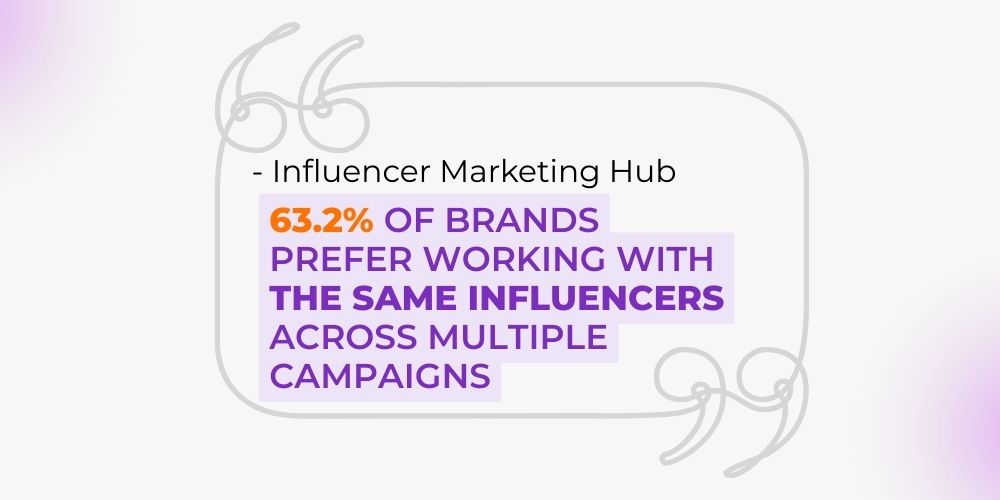
What started as a content piece becomes a movement, full of comments, shares, and user-generated posts. And through it all, the brand is right there in the center. Not selling, but hosting. Creating space. Fueling the fun. That’s the impact of influencer partnerships in content marketing. It’s not that really taking up space, but turning the space for interactions.
6. Utilizing Influencer Feedback for Product Development
Who better to offer feedback than someone who talks to your customers every day? Influencers live in real-time feedback loops. They hear what works, what flops, what’s missing, and when they share that insight, it’s like having a front-row seat to your audience’s unfiltered thoughts.
So, for example, take a beverage brand testing a new sparkling water line. Before finalizing flavors, they send early samples to five lifestyle influencers known for wellness content. These influencers don’t just taste, they invite their audiences to join in. Polls. Live reviews. “Would you drink this?” sessions.
The comments pour in: “Too sweet.” “Love the packaging.” “Can we get a no-caffeine version?” This isn’t anecdotal. This is crowdsourced R&D, happening in real-time. When the final product drops, it already feels familiar because the audience helped shape it.
At The Meta Future, we believe content isn’t just a reflection of your brand. It’s a tool for co-creation. And when you build with your community, loyalty becomes a byproduct.
7. Sustaining Long-Term Partnerships for Consistent Messaging
There’s something special about watching a partnership unfold over time. We’ve all seen it when an influencer doesn’t just mention a brand once but brings it up again and again, like it’s part of their life. That kind of consistency builds real trust.
Take an online education platform that partners with an edtech content creator, not for one course launch, but for a year-long collaboration. Together, they create tutorials, Q&As, behind-the-scenes of course creation, and even host virtual workshops.
As the months roll on, the influencer’s audience doesn’t just see a brand. They see a relationship. One built on mutual values, accessibility, quality, and innovation. And when it comes time to sign up for a course? It’s a no-brainer. They’ve been part of the journey.
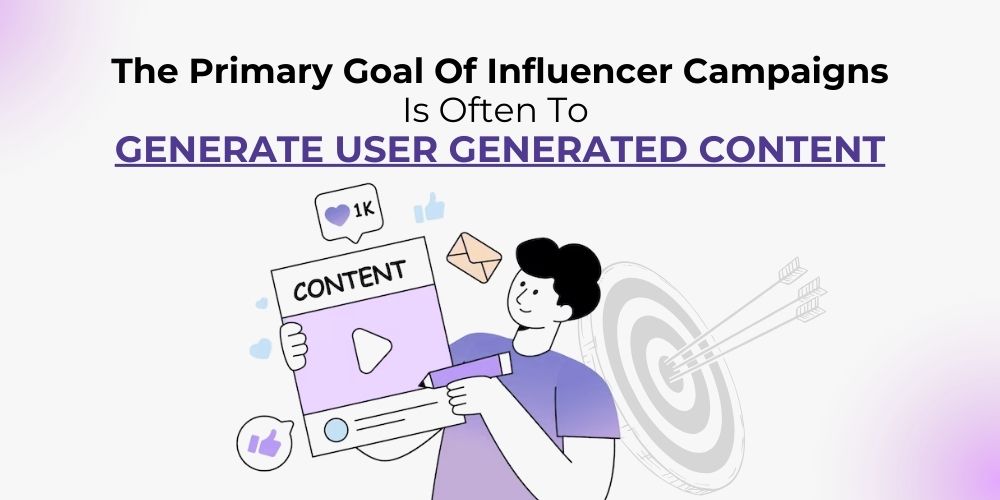
Long-term influencer collaborations do more than amplify messages. They compound them. They create rhythm, familiarity, and an enduring narrative. The world is crowded with immeasurable content, but what can make your content memorable is consistency.
What Influencers Contribute to Your Marketing Strategy
Influencers bring a wealth of benefits to content marketing strategies:
- Authenticity: Their connection with audiences adds a genuine touch to brand messages.
- Engagement: Influencers often have higher engagement rates, leading to more interactions and shares.
- Niche Targeting: They cater to specific demographics, allowing for precise audience targeting.
- Content Creation: Influencers, without a doubt, are experienced and talented content creators who produce high-quality visuals and narratives.
- Trend Awareness: Their finger on the pulse of trends helps brands stay relevant.
Integrating influencers into your content marketing plan can amplify your brand’s voice and foster deeper connections with your audience.
How to Build Successful Influencer Relationships
When it comes to influencer partnerships in content marketing, it’s never just about one-off campaigns. It’s about building relationships that grow roots.
We’ve seen that genuine, long-term collaborations often outperform short, transactional ones. Why? Because authenticity is hard to fake. People can tell when an influencer truly believes in a brand versus when they’re reading off a script.
1. Identify the Right Fit – It’s More Than Numbers
It’s tempting to go after influencers with the largest follower counts. But numbers alone don’t build trust. Look for:
- Shared values and audience overlap
- Consistent content style
- High engagement (not just likes, but meaningful comments and shares)
Example: We once worked with a micro-influencer in the sustainable food space who had a smaller following, but her content sparked deep discussions. That engagement delivered far more qualified leads than larger influencers in the same category.
2. Start with Real Conversations
Before pitching a campaign, build a relationship. Comment on their content, share their posts, and send thoughtful messages. Influencers are more likely to collaborate if they feel seen and respected, not just sold to.
3. Co-Create, Don’t Just Direct
Give influencers creative freedom. Provide the brief, not a script. Let them tell your story their way, that’s how content stays authentic. When they can inject their personality, the messaging connects.
You can invite them into your brainstorming process. Ask, “How would you approach this?” You’ll be amazed to see how fresh and authentic the ideas they come up with.
4. Communicate Clearly & Respect Their Time
Like any relationship, clarity is key. So be as clear as possible, be transparent about things like goals, timelines, deliverables, and compensation. And once the campaign goes live, don’t vanish, stay involved, share their posts, and engage with their audience too.
5. Measure and Optimize Together
Partnerships are a two-way street. Share performance metrics and discuss what worked and what could be better. Influencers appreciate transparency and want to know how they contributed. It builds mutual trust and sets the stage for future campaigns.
Conclusion
Influencer marketing and content marketing aren’t two separate silos anymore, they’re overlapping ecosystems. When you understand how content marketing works with influencer partnerships, you start crafting campaigns that feel less like marketing and more like conversation.
We’re not just promoting products; we’re sparking movements. Every reel, every blog, every tweet becomes a chance to tell a story people actually want to hear. And when those stories are told through trusted voices, the impact multiplies.
What makes this approach powerful isn’t just the reach. It’s the relevance. It’s showing up in feeds, inboxes, and searches with content that matters to someone. That’s how you build awareness, loyalty, and ultimately, a brand that people choose over and over again.
We’ve learned that successful influencer collaboration isn’t about jumping on trends. It’s about long-term alignment. Shared values. Creative freedom. And a whole lot of trust. So, if you’re thinking of blending influencers into your next content campaign, do it with intention. Create space for their voice. Let them help shape your story. That’s where the magic lives.
Need help doing so? Get in touch with the Meta Future team. We have helped many B2B brands scale their success 5X more by integrating influencer marketing into their content strategy. Let’s connect!

